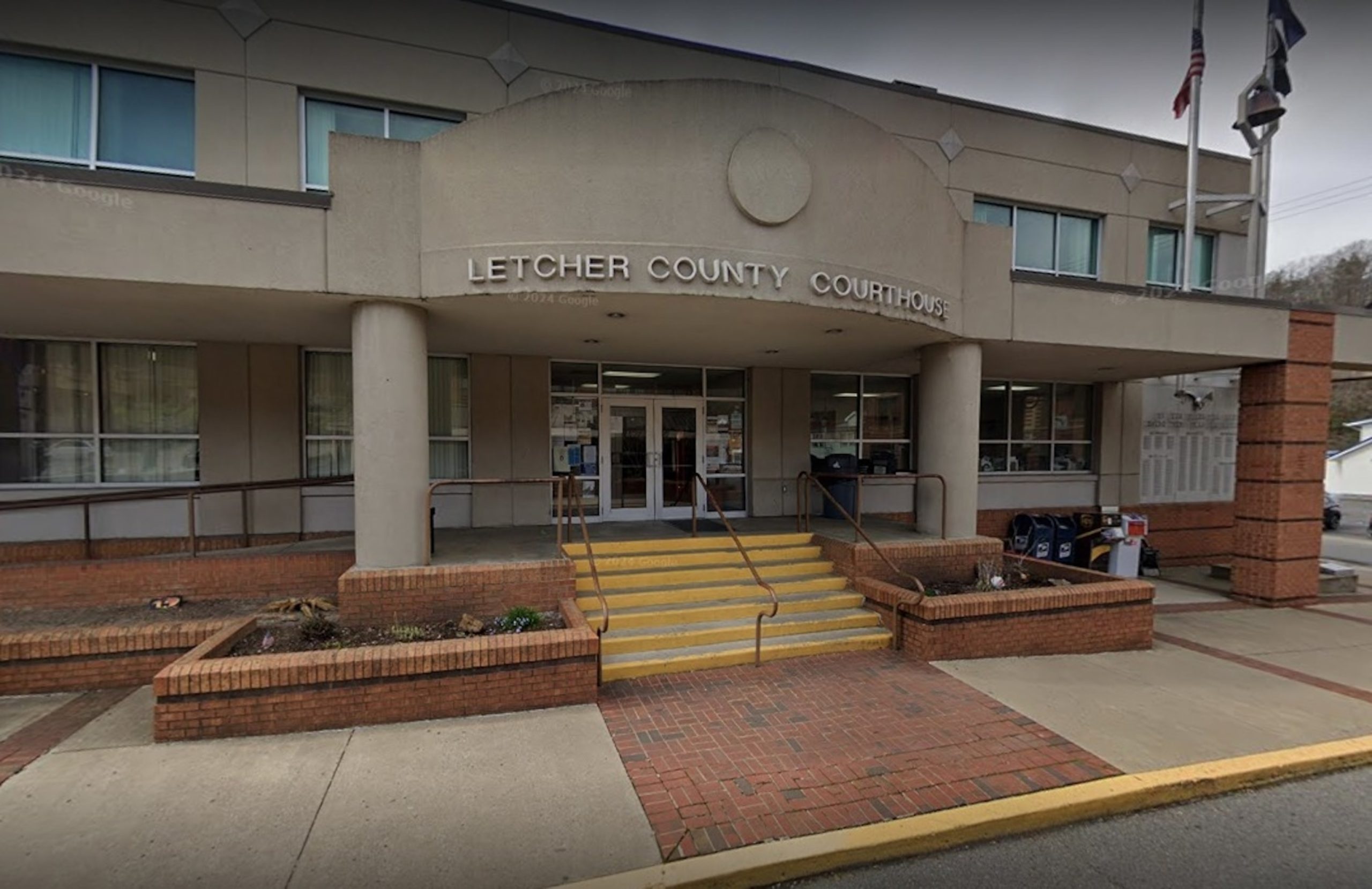An abandoned New Orleans beach originally created for Black beachgoers during segregation is being resurrected. This time, it is for everyone.
Lincoln Beach, named after the “Emancipator” Abraham Lincoln, is a 15-acre site in New Orleans that opened in the late 1930s. It was created to uphold Jim Crow, keeping Black people from visiting the then white-only Pontchartrain Beach.
Located in the east, miles from the center of the city, Lincoln Beach would become a safe space for Black residents. The haven was adorned with swimming pools, carnival rides, a bathhouse and restaurant, and even featured live entertainment from performers like Fats Domino and Nat King Cole.
“Lincoln Beach is a place that recognizes Black history and culture, but it also brings all people together,” said Michael “Sage” Pellet, a climate justice organizer and Lincoln Beach activist, in an interview. “That’s a much more beautiful thing to see.”
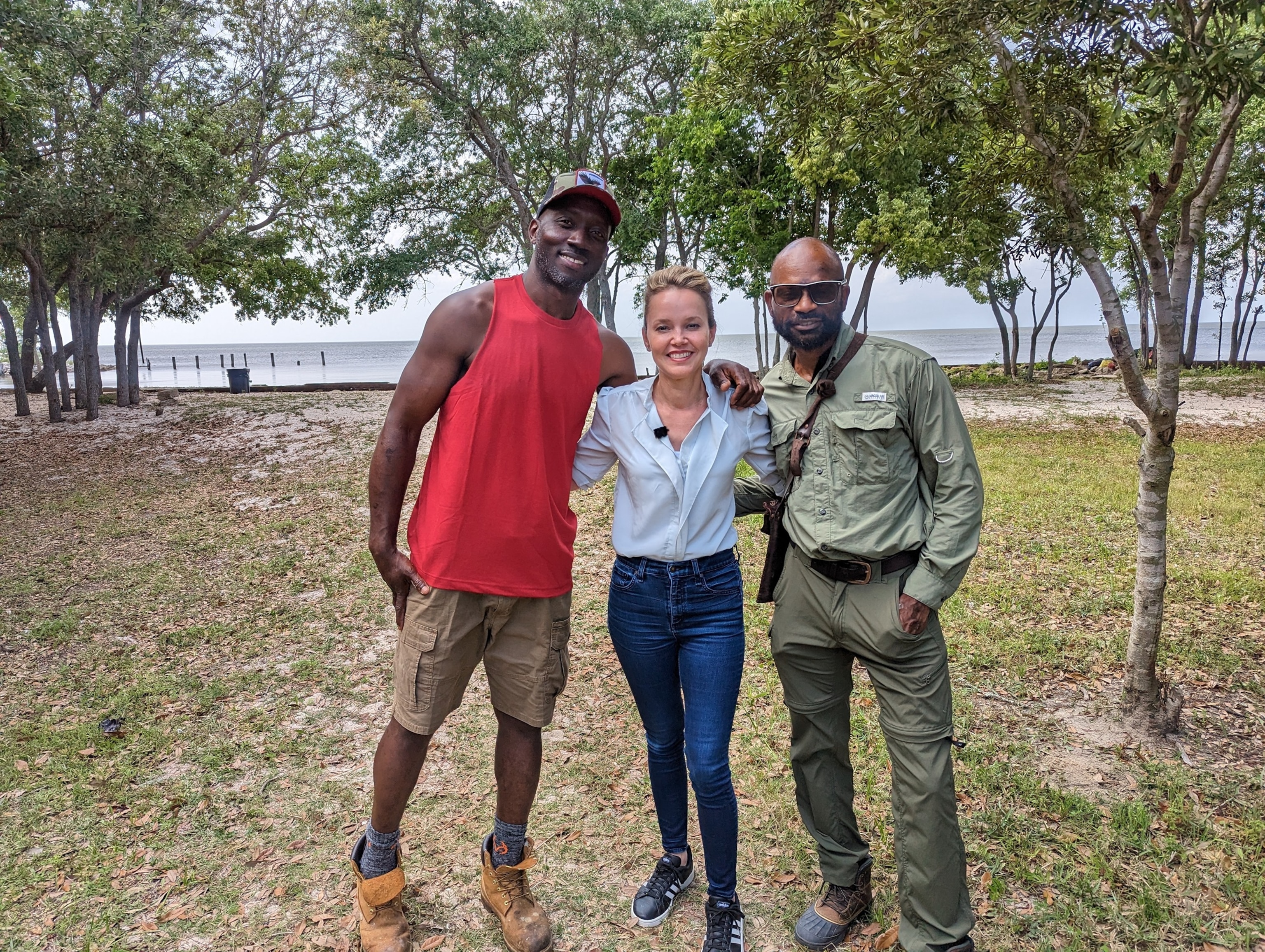
Community members are banding together to revitalize Lincoln Beach.
Sage Michael Pellet
Community elder Jamilah Peters-Muhammad, 75, remembers visiting the beach on Sundays with her father.
“From the time it opened to the time it closed, we rode the rides, and ate hot dogs, popcorn and cotton candy,” Peters-Muhammad told ABC News. “Lincoln Beach was our happy place.”
Segregation ended in 1964, and so did Lincoln Beach. Once a Black oasis, the property slowly became an eyesore with rusted rides, structures strewn with graffiti, overgrown weeds, and tunnels backed up with water and garbage after years of neglect and hurricane damage. But that didn’t stop some from visiting the closed site, making the abandoned space a weekend playground.
In the spring of 2020 during the COVID pandemic, Pellet began frequenting the beach and reflecting on the historical significance of the space and the healing power of water. That would lead to a four-year crusade to revitalize Lincoln Beach. He started by throwing out trash, removing poisonous vegetation, and draining the land.
“I just felt a grave sense of responsibility for my elders — who once walked the land — to beautify it,” Pellet said. “Not only pick up the trash, but organize community.”
A couple of months later, Tricia “Blyss” Wallace and artist Reggie Ford would join forces with Pellet to create a grassroots campaign to reopen the historical space.
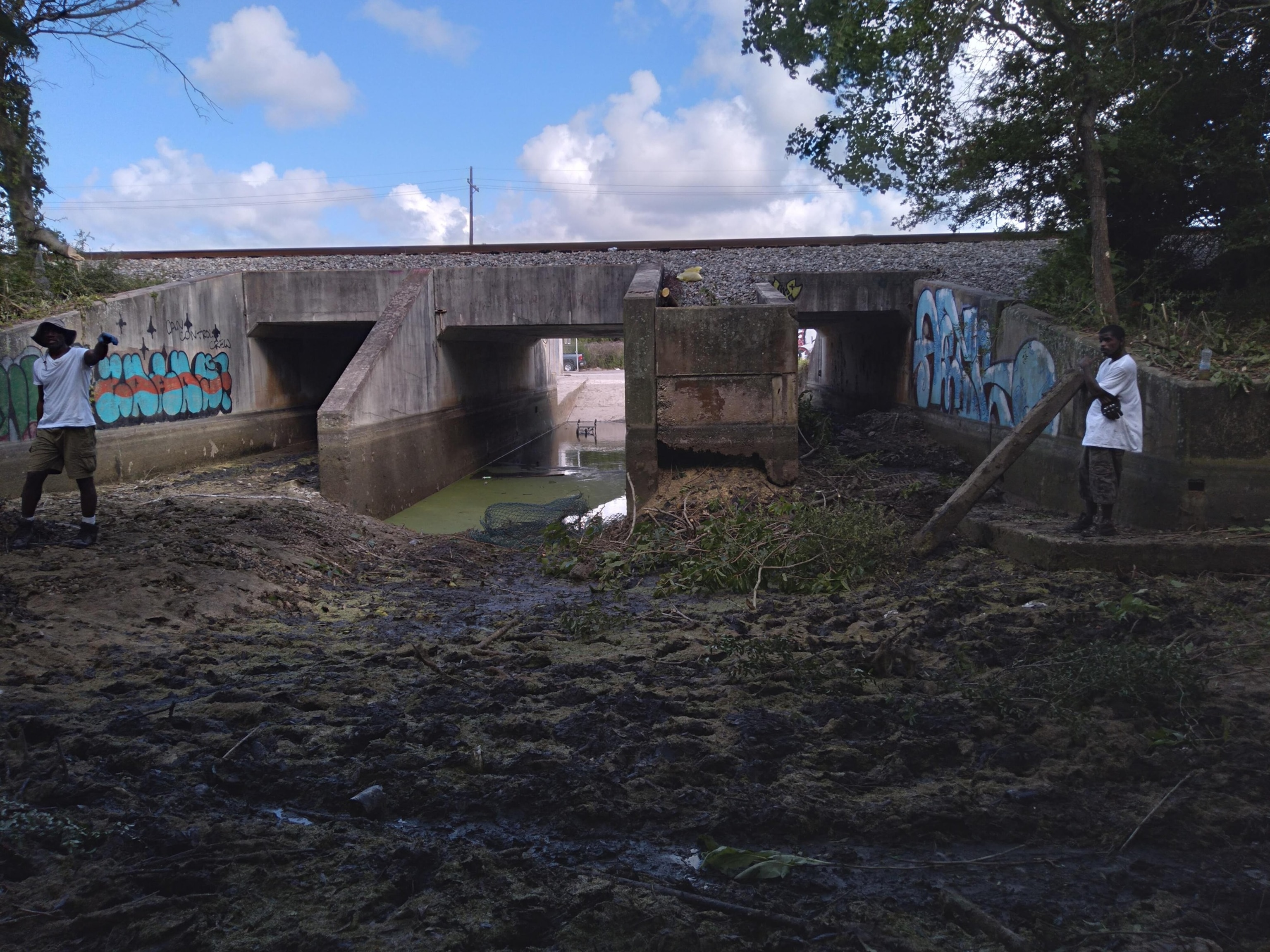
New Orleans activists are working to revitalize a former segregated beach that was once a “Black oasis.”
Sage Michael Pellet
Quickly organizing, Pellet and Wallace co-founded a nonprofit organization, New Orleans for Lincoln Beach (NOLB), created a Facebook Page that attracted thousands of supporters and posted signs on the property declaring the beach a Black Heritage Site.
Ford, who also kept the grounds clean, used his Instagram page with more than 70,000 followers to grow awareness about the initiative. Their collective efforts to build community and political support became a movement.
Around the same time, the city had its eyes on the beach, too. Over the years, multiple parties attempted to re-develop the site, but in the summer of 2020 New Orleans Mayor LaToya Cantrell launched an assessment to explore the ways to reopen the beach.
While the city waited on the findings of the report, Pellet and Wallace met with the mayor. Cantrell created the Lincoln Beach Community Advisory Committee and appointed Wallace president. The nonprofit NOLB was appointed three of the seven seats, demonstrating how activism can affect policy.
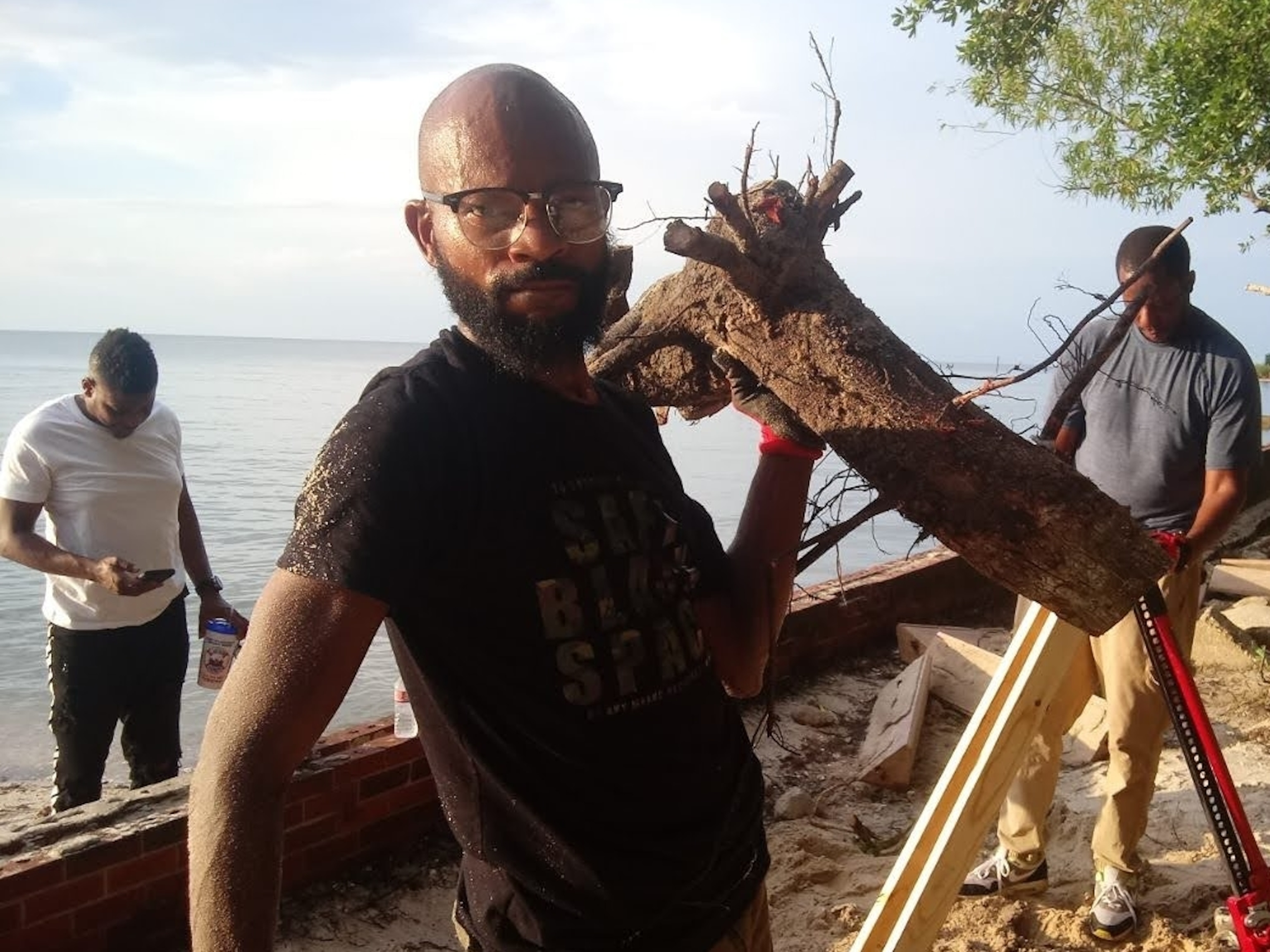
New Orleans activists are working to revitalize a former segregated beach that was once a “Black oasis.”
Sage Michael Pellet
Last year, the city was able to secure $24.6 million in funding for the redevelopment project. Earlier this year it was announced that U.S. Congressman Troy Carter secured $4.1 million in federal funding for the redevelopment of Lincoln Beach, which will be used to build a pedestrian bridge. Carter recognizes the work of the activists in the city’s win.
“Their dedication has been instrumental in making this vision a reality, and their work serves as an inspiration to us all,” Carter tells ABC News.
Pellet says his plan for the beach was clear from the beginning. “We’re going to engage with our elected officials who are the stewards of our money,” he recalls. “We’re going to work together with a whole community vision and restore it to our community.”
Pellet explains there are four touchpoints for the redevelopment of Lincoln Beach: water, economic development, the ecosystem and therapy.
New Orleans is a port city like Miami and Los Angeles, but it has a complicated relationship with water.
“It’s part of the structural discrimination to be surrounded by water, with no access points,” says Pellet.
Even with the Mississippi River and Lake Pontchartrain surrounding the city, many feel disconnected from the water. For some people, Hurricane Katrina, storms and frequent flooding have caused a fear of water, and there are few places in the city to counter those feelings.

Lincoln Beach was initially created to uphold Jim Crow.
Sage Michael Pellet
A beach with recreational water activities could create a new revenue pipeline and generate new jobs for young people in the city, stimulating economic development for New Orleans East, according to Pellet. Last month, The National Park Service named Lincoln Beach a national historic place, making it eligible for federal preservation tax credits and grant programs.
Lincoln Beach is surrounded by trees, insects, fish, birds and a body of water. The fireflies and hummingbirds coexist in harmony. The ecosystem isn’t just surviving, it’s thriving – providing life to itself. “This is the only place where you can walk through a forest, touch sand, and walk straight into water in New Orleans,” says Wallace.
The City recently selected Sasaki as its design company, and with regular feedback from the community, it is in the planning phase. Design concepts like a waterfront restaurant, rooftop pool, and drive-in movie theater are being decided. Phase One of the reopening is expected next year.
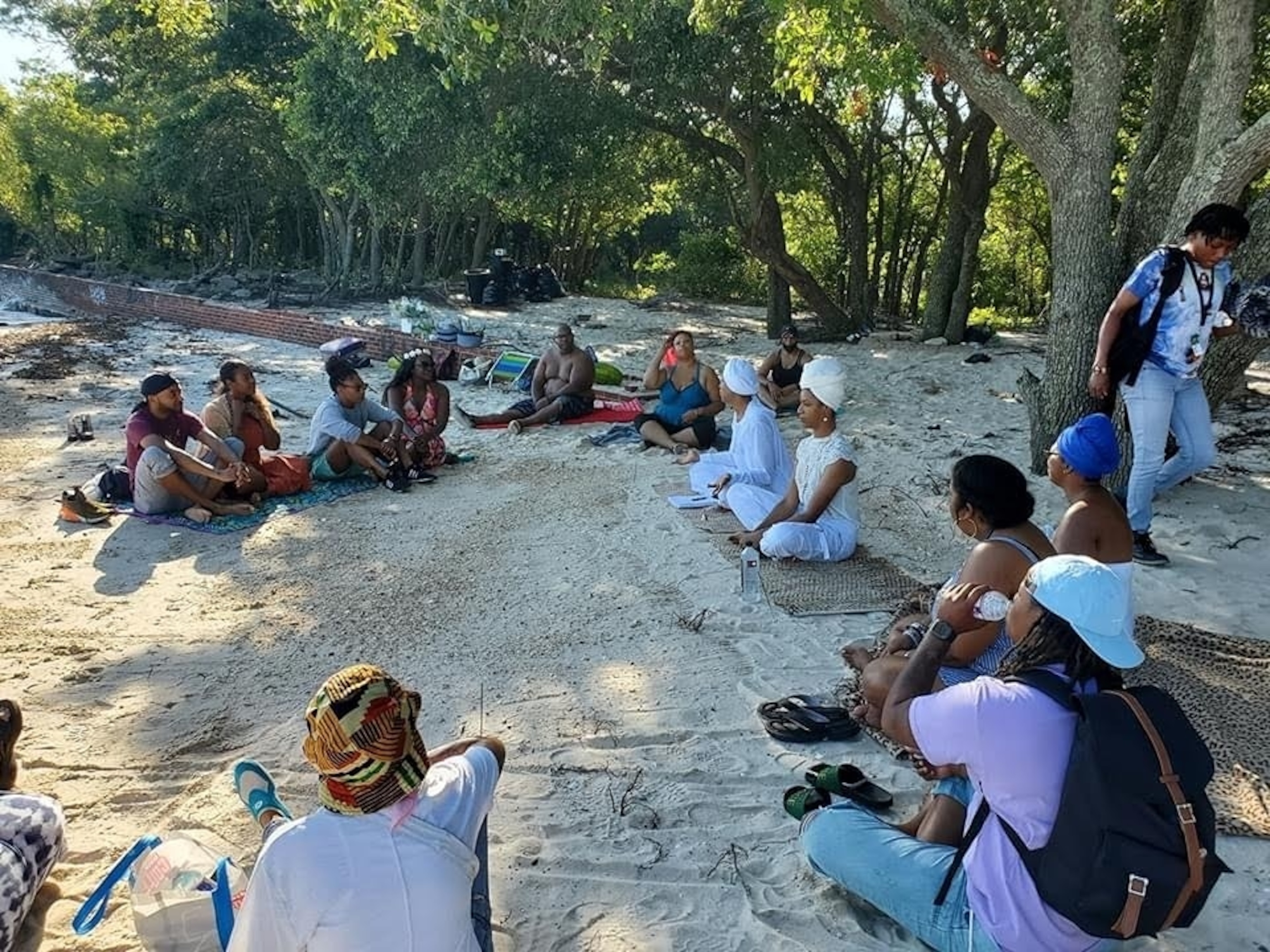
Community members are banding together to revitalize Lincoln Beach.
Sage Michael Pellet
“This is not about bringing back a beach,” says Pellet. “But it’s unifying people with civic engagement [and] civic empowerment, because we have to have a stake in our own city.”
Studies have shown that waterscapes are beneficial for psychological and mental health. Water provides healing: “Once you go out there, it’s kind of like, let me make some more time,” shares Wallace. “Let me make time for me.”
The beach is intended to be a sanctuary for everyone — young and old.
New Orleans native Lavonte Lucas, 24, says he’s excited for the future.
“I hope this will be an opportunity to bridge the gap between young people and older generations in terms of how we interact with each other in recreational spaces,” he said.
He’s not alone. Peters-Muhammad is also looking forward to reconnecting. “I can’t wait to take my grandchildren to the beach and share the stories of segregation, integration, and how precious the beach was to us.”
Community activists have taken on the challenge of revitalizing an abandoned beach with a segregated history, turning it into a space that is welcoming and inclusive for all.
The beach, which was once a popular destination for African American families during the era of segregation, fell into disrepair and neglect over the years. However, a group of dedicated activists saw the potential for the beach to once again become a vibrant and thriving community space.
Through a combination of fundraising efforts, volunteer clean-up days, and collaboration with local government officials, the activists were able to transform the abandoned beach into a place that celebrates its history while also embracing diversity and inclusion.
One of the key aspects of the revitalization project was ensuring that the beach was accessible to all members of the community. This meant making improvements to the infrastructure, such as installing ramps and pathways for individuals with disabilities, as well as creating designated areas for families, seniors, and other groups.
In addition to physical improvements, the activists also worked to create programming and events that would appeal to a wide range of community members. This included hosting cultural festivals, educational workshops, and recreational activities that celebrated the diverse heritage of the area.
By reclaiming and revitalizing the abandoned beach with a segregated history, the community activists have not only restored a valuable public space but also created a sense of unity and pride among residents. The beach now stands as a symbol of resilience and progress, serving as a reminder of the power of community activism to bring about positive change.

